 Two weeks ago I walked to the
Two weeks ago I walked to the 
The first man had advanced HIV disease, a severe oral infection and other complications. I did a brief exam and advised him to come into the clinic to see me ASAP. The second patient was an infant with severe wasting disease. She was a 2 year old who was the size of a 6 month old. She had the classic symptoms of malnutrition with sunken eyes, bony arms and legs, a big belly, and sparse reddish hair. Although her mother was trying to feed her some porridge she was too weak to eat. Ochieng told me the child’s father had recently died so it was very likely that she was also infected with HIV. She would need hospitalization in order to save her life but as we later learned, she died before getting care.
The last child was a school aged boy with albinism. Albinism is a rare genetically inherited disorder which results in a lack of pigmentation in the hair, skin and eyes. In North America and 
As a child with albinism living in equatorial
On Monday, Paul was talking about him with one of our co-workers and he learned some vital information about how the African cultures view albinism. First, we learned that any hat we gave the boy would be stolen within a day by other children or even adults in his community. It was suggested that we do some community education about albinism at his school first. So this past Tuesday we went to his school to talk to his teacher, classmates and grandmother. 
Paul explained why we have pigment in our skin and how it protects us from the harmful effects of the sun. He showed the children the difference between the skin color on his forearm and his upper arm. He stressed that the boy was a normal child who just happened to be born without pigment. We gave the boy the hat (donated by our
(this next section may not be appropriate for children to read)
We also learned about how albinism is viewed by some people in parts of
We also read that there is a rapidly growing industry in the sale of albino body parts. Some people in
Some recent reports indicate that body parts are also being exported outside
On September 4, 2008 the European Parliament passed a resolution condemning the killings and called for killers to be prosecuted. . A crackdown on the witch doctors who encourage the killing of people with albinism was also announced in TZ and as part of this, a 48-year-old woman with albinism, Al-Shymaa Kway-Geer was appointed an MP. Ms Kway-Geer was herself victimized when young. "When I was at primary school, people used to laugh at me, tease me - some didn't even like to touch me, saying that if they touched me they would get this colour," she said. "People used to abuse me on the road when I took the buses to school. They would run after me - crowds of kids following me - shouting 'zeru, zeru'." "Zeru" is a Swahili word for albino.
While there have not yet been any prosecutions regarding the recent spate of murders, 172 were arrested in connection to the cases - 71 of whom said they had been told by witch doctors to bring them albino body parts. They remain in custody.





























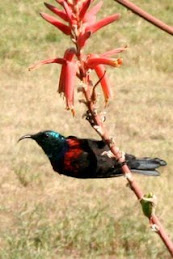
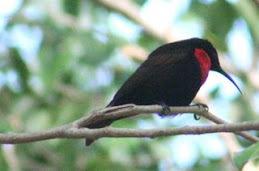
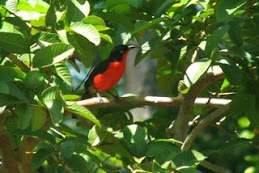
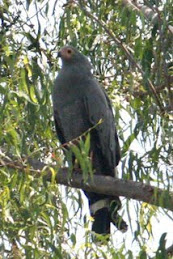






































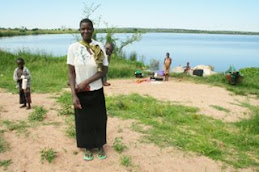

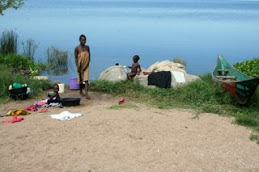

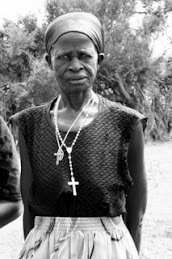






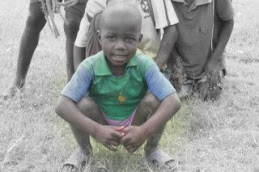


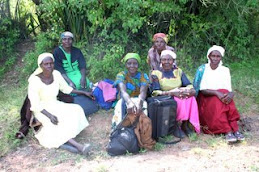

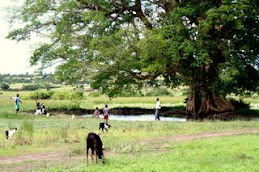






































































































3 comments:
I sent your story about the issues with being an albino to Tanni Anthony the head of vision services with CDE. May have to send it out over the list serve too. Very interesting stuff. Poor kids. Karen
I was one of those visitors from the US. This particular moment of our hike was one of the most memorable on our trip. I still feel the impact of seeing this little boy run across a sea of bright fishing nets, squinting and rubbing his already raw eyelids.
Thank you Paul and Darcie for all you did in Kenya. I could see true appreciation for your work in the eyes and smiles of the people around the Matoso area.
Post a Comment